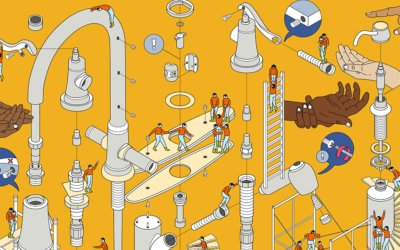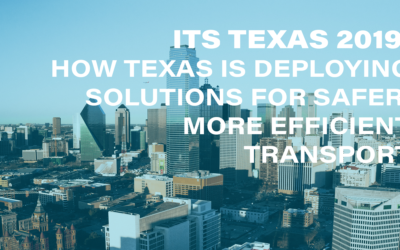Smart Cities Tech – Beware of Hype
Over the last few years, we’ve been hearing a lot of about the Smart Cities movement. With the formation of many industry groups, rapid changes in technology (self driving cars?), large vendors launching new product lines and investments occurring in startups, it’s easy to feel like we are on the cusp of moving towards the perfectly operated city. Have Smart Cities been hyped up?
Possibly so. As discussed in the article Smart Cities: The Good, the Bad and the Ugly, there are still many issues to iron out.
In Canada and the United States for example, smart cities technologies run into the wall of governments’ cautious approach to change. We’ve seen this process play out many times before and there is no reason to think it will be different this time.
Take a look at the rise of cloud technology over the last decade. Although it has penetrated mainstream thinking in the private sector when it comes to technology investment, only over the last few years have government departments and agencies approached it as a serious option on a wide scale.
Why? Governments tend to look for serious validation of technologies and usually are the late arrivals to the marketplace in terms of adoption.
How does this play out on the ground as it relates to smart city tech? Transportation and traffic is one key area primed for smart city technology investment. Even Alphabet’s Sidewalk Labs is entering this space.
However, take a look at the traffic data collection process for most cities as a prime example. A quick scan of traffic department websites for cities reveals that many of them still utilize a combination of manual counters using consultants, traffic cameras and traffic induction loops to collect traffic data.
Outside of the largest cities with the largest budgets, there is little evidence that this is going to change in the near future. Although there has been a proliferation of interesting hardware sensor technologies and algorithms to match, and a slew of startups and large vendors jumping into this space, RFPs from cities still tend to show preference to adopt older technologies.
A smart traffic management system cannot be truly smart without automated production of data in real time. Until that moment arrives, there is still a lot that can be done to bring cities of all sizes along for the ride to the smart city promiseland.
Basic improvements in workflows and working within the resources available in cities are some solid steps that can be undertaken. The road to change may take an incremental and fragmented path, one that is cognisant of legacy investments by cities in technologies.
And this is starting to happen as witnessed by the proliferation of govtech startups that focus on making the day to day lives of city workers easier rather than get caught up in bigger hype around disruptive technological change.



